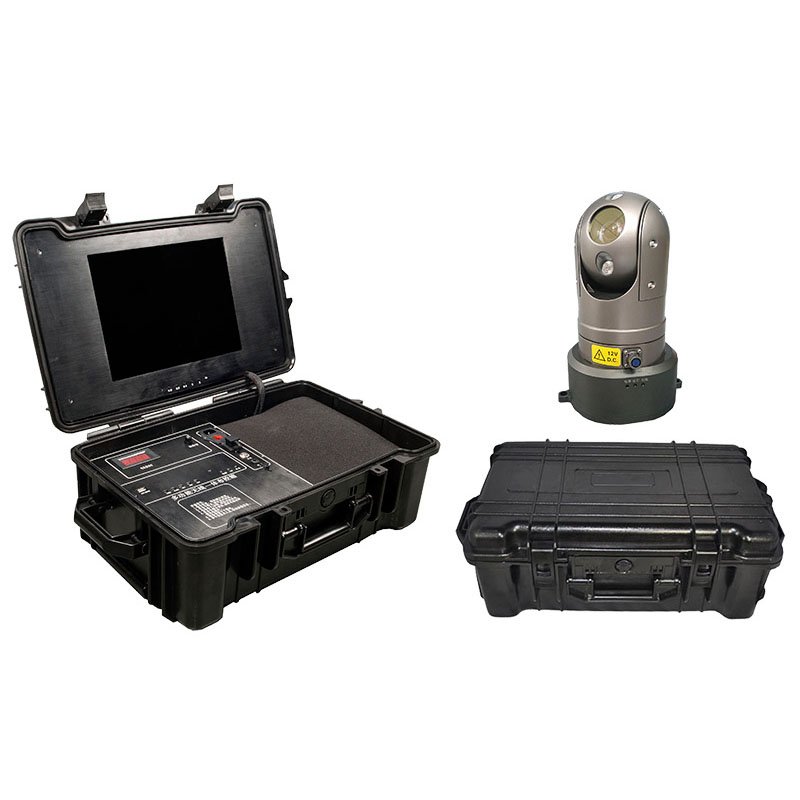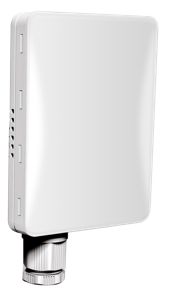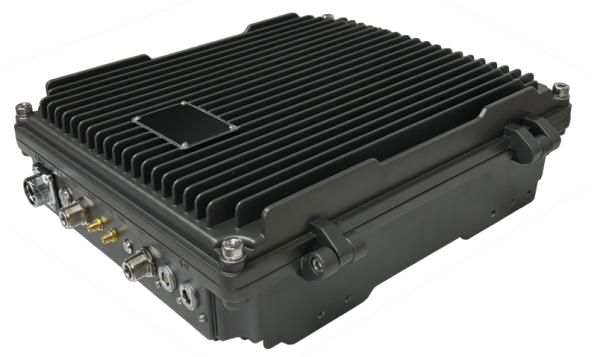How IP Mesh Radios Enable Reliable Emergency Communication Systems
In emergency situations, communication can mean the difference between life and death. Natural disasters, industrial accidents, or large-scale public events often overwhelm traditional communication networks, leaving first responders, rescue teams, and command centers struggling to coordinate effectively.
IP Mesh Radios provide a solution by delivering self-forming, self-healing, and broadband wireless networks that maintain reliable connectivity even when conventional systems fail. This article explores how IP Mesh technology supports emergency communication systems, ensuring real-time coordination and rapid response.

1. Why Traditional Networks Fail in Emergencies
Traditional wireless networks—such as cellular or point-to-point radio systems—have inherent limitations:
Centralized dependency: If the base station or tower fails, the entire network is disrupted.
Limited coverage: Terrain, building density, or disaster damage can block signals.
Slow deployment: Setting up temporary communication systems often requires infrastructure or expert configuration.
High congestion: During emergencies, network traffic spikes, causing latency and dropped connections.
These limitations make traditional networks insufficient for rapidly changing and unpredictable emergency scenarios.
Learn more about IP Mesh vs traditional networks:
IP Mesh vs Traditional Wireless Network: What’s the Difference?
2. How IP Mesh Radios Support Emergency Communication
IP Mesh Radios operate on a decentralized mesh architecture, where each node functions as both a transmitter and receiver. Key features for emergency applications include:
(1) Self-Forming Networks
When powered on, IP Mesh Radios automatically discover nearby nodes and form a dynamic mesh network. No base station is required, allowing rescue teams to deploy communication networks within minutes.
(2) Self-Healing and Redundant Connectivity
If a node is destroyed, moves out of range, or experiences interference, data automatically reroutes through other available nodes. This self-healing mechanism ensures continuous connectivity during high-stress operations.
(3) Multi-Hop Data Transmission
IP Mesh networks can relay data across multiple nodes, extending coverage over wide disaster areas, through buildings, or across rugged terrain—far beyond the limits of a single transmitter.
(4) Real-Time IP Data Handling
Because IP Mesh Radios use standard Internet Protocol (IP), they can transmit:
Voice and real-time video streams
GPS and telemetry data
Sensor readings from industrial or environmental monitoring equipment
This allows full interoperability with modern emergency communication systems and command software.
Explore how IP Mesh Radios work in real-time networks:
What Is a Mesh Network Radio and How Does It Work?
3. Key Advantages of IP Mesh Radios in Emergencies
Rapid Deployment: Deploy networks instantly without pre-existing infrastructure.
High Reliability: Self-healing ensures communication even if nodes fail.
Wide Coverage: Multi-hop links cover areas that traditional radios cannot reach.
Low Latency: Supports real-time voice, video, and data transfer for critical decision-making.
Scalability: Adding nodes strengthens the network—ideal for large-scale disaster zones.
Secure Communication: AES encryption and frequency hopping protect sensitive operational data.
4. Emergency Use Cases
Disaster Response: Establishing communication networks in earthquake- or flood-stricken areas.
Search and Rescue: Coordinating ground teams, UAVs, and command centers in remote regions.
Firefighting Operations: Maintaining data and voice links across large urban or forested zones.
Industrial Accidents: Ensuring reliable communication in hazardous or infrastructure-damaged sites.
Large Public Events: Providing emergency coordination for crowd management and security.
Learn more about IP Mesh Radios in UAV and defense applications:
Applications of IP Mesh Radios in Military and UAV Communication
5. Integrating IP Mesh Radios with Emergency Systems
IP Mesh Radios can be seamlessly integrated with existing emergency communication infrastructure, including:
Command and control centers
UAVs for aerial surveillance
Portable gateways for field teams
IoT sensors for environmental monitoring
This integration ensures centralized situational awareness while maintaining decentralized, resilient communication in the field.
6. Why Choose TuQian IP Mesh Radios for Emergency Communication
TuQian specializes in advanced IP Mesh Radio solutions designed for critical emergency applications. Their products provide:
Self-forming and self-healing mesh networking for rapid deployment
AES-encrypted, secure communication for sensitive operations
Low-latency, high-bandwidth transmission for real-time video and telemetry
Rugged design suitable for harsh outdoor and mobile environments
Compatibility with UAVs, vehicles, and portable stations
For more details on TuQian’s full wireless communication solutions, visit:
TuQian Wireless Communication Solutions
7. Conclusion
In unpredictable emergency scenarios, IP Mesh Radios are a vital technology for reliable, resilient, and real-time communication. By enabling self-organizing, self-healing networks that handle voice, video, and data across large, complex environments, IP Mesh Radios ensure that first responders and command centers stay connected—when it matters most.
TuQian IP Mesh Radios provide the tools for emergency teams to maintain operational coordination, situational awareness, and mission success under any conditions.
-
2025-10-27
-

What Is Wireless Data Transmission and How Does It Work?
2025-09-26 -
What are the Applications of Ad Hoc Wireless Network?
2025-09-11 -

What Are Point to Point Wireless Bridges Often Used For?
2025-09-05 -

MESH Networking Module Selection Guide: From Dismounted Soldiers to UAV Applications
2025-08-28 -

What Is a Point to Point Wireless Bridge Connection?
2025-08-07 -

What Is the Difference Between a Wireless Network and an Ad Hoc Network?
2025-07-16









